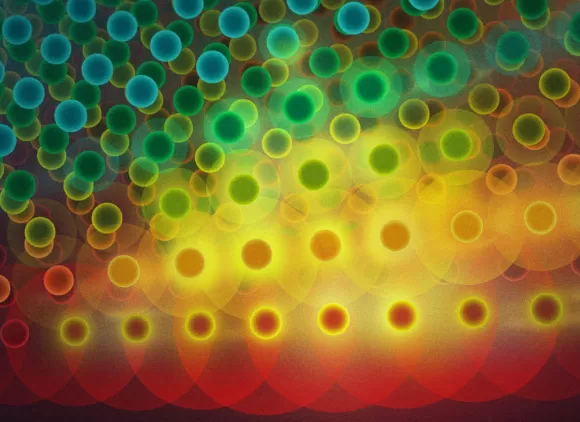About this event
NSF INVITES CAREER SCIENCE COMMUNICATORS TO JUNE 3RD ASTRONOMY CONFERENCE IN WASHINGTON, D.C.
"Future Science: The Frontiers of 21st Century Astronomy" will feature top experts addressing four grand challenges in the field
The National Science Foundation (NSF) invites CAREER SCIENCE COMMUNICATORS (registration is reserved for working reporters and writers (staff or freelance), public information officers, and journalism students, and journalism professors) to attend Future Science: The Frontiers of 21st Century Astronomy. This conference will be moderated by Miles O'Brien, managing editor of Space Flight Now's "This Week in Space" and former chief technology and environment correspondent at CNN. Panelists will explore the current state of our understanding, the most recent results of ongoing research and the future trajectory in this field. Seth Shostak, senior astronomer at the SETI Institute (Search for Extraterrestrial Intelligence) will be the lunch speaker. His talk is titled, "Searching for ET: the Agony and the Ecstasy."
Grand Challenge Topics for Discussion, Led by Noted Experts in the Field:
First Stars and First Light: Epoch of Reionization
Elizabeth Barton, UC Irvine; Patrick McCarthy, Carnegie Observatories
In its infancy the universe was suffused with a dense, obscuring fog of primordial gas. As the first stars switched on, they began to reionize the cosmos, punching ever-larger holes in their murky surroundings. Eventually, the effect of these young, massive stars enabled light to shine freely through space. Peering ever deeper into these "dark ages" has been both a challenge and a quest for astronomers, with today's best telescopes giving tantalizing clues as to the nature of these early stars and the assembly of the very first galaxies.
From Dust and Gas to Planets and Stars
Lynne A. Hillenbrand, California Institute of Technology; Jean L. Turner, UC Los Angeles
From a collapsing cloud of dust and gas four-and-a-half billion years ago, the Earth and rest of our solar system began to form. The exact processes that drive star and planet formation, however, are not well understood. Tracking the evolution of nascent stars and protoplanetary disks will give astronomers many of the missing pieces to this intriguing puzzle. Recent discoveries in infrared and radio astronomy are also helping to unravel this mystery.
The Universe as Laboratory: Fundamental Physics
Evalyn Gates, Cleveland Museum of Natural History; Scott Ransom, NRAO
The universe is a great laboratory that challenges the frontiers of physics. The most advanced laboratories on Earth never will match the extreme conditions provided by black holes, pulsars, or supernova explosions. The next generation of telescopes will allow us to tap these exotic laboratories to make major advances in understanding particle physics, general relativity, and other fundamental areas of science.
Dark Energy
Rachael Bean, Cornell University; Anthony Tyson, UC Davis
For decades, astronomers assumed that the expansion of the universe was slowing. Scientists studying distant galaxies and supernovae were surprised to discover, however, that the universe was actually expanding faster and faster. Astronomers have attributed this to an unknown force called "dark energy." By studying the most distant objects, astronomers hope to shine more light on this mysterious repulsive force, how it affects matter, and what part it will play in the future evolution of the universe."



